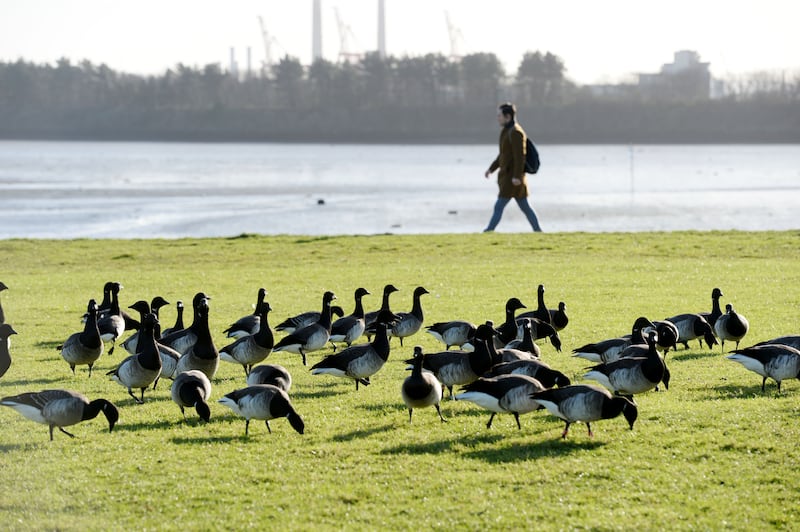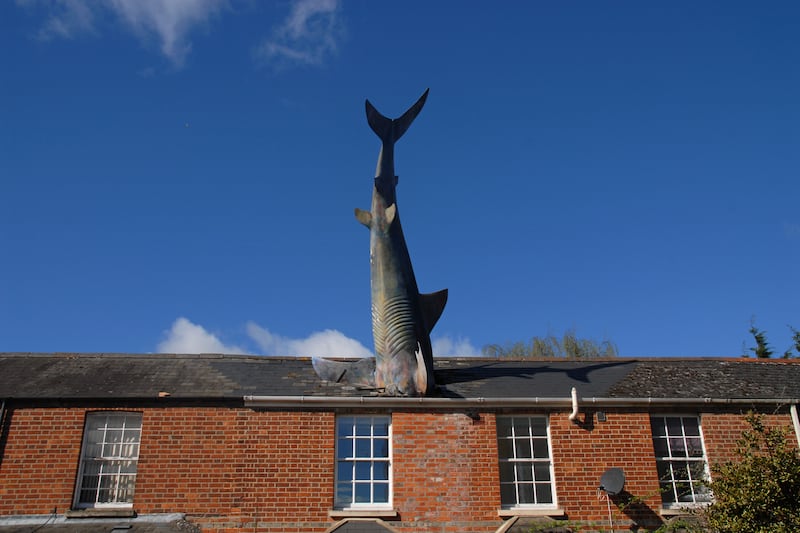Two of the biggest challenges Ireland faces are the chronic shortage of housing and climate change. While the Government has put substantial resources on the table to tackle these problems, our planning system is proving a major obstacle to progress.
A controversial site in Clontarf was ruled out for housing because the light-bellied goose – with all of Dollymount strand and St Anne’s Park on the doorstep – is considered endangered if this particular field were built on.
Over recent weeks, permission for a 10-year old wind farm to continue generating green electricity has been refused because of the possible impact on bird life. Presumably the local birds have long since learned how to dodge the turbines.
Permission for a solar farm has been turned down because it might affect a lake, and because it may have an adverse ecological impact, in the absence of the applicant demonstrating the contrary. No detailed evidence of possible adverse effects was provided in the refusal.

Whatever the merits of such individual decisions, we need to have rules that allow competing environmental interests to be weighed up. Our planners, and tree licence inspectors, must be able to strike a balance between measures to address the housing crisis and global warming – an existential threat to many ecosystems – and preserving each individual habitat as is.
We appear to have a system where the possibility, however remote, of damage to wildlife now trumps all other environmental considerations, rather than one which carefully evaluates the balance between competing environmental concerns. And it’s one where the onus of proof is on the applicant to show that no wildlife or ecological feature will be affected, rather than showing evidence of actual likely harm.
Our system also gives too much attention to hypothetical effects on neighbours. It is hardly in the public interest to ban bus routes because of what people might see from their top decks in passing.
The Irish planning system is essentially a multi-stage obstacle course, where decisions by council planners are liable to be overturned on appeal, or on subsequent judicial review. A council’s decision to grant planning permission rarely means work on the project can actually proceed. That results in uncertainty, delay and cost, impeding timely action to build new homes, or tackle climate change.
In the 1980s we had a planning system that became subject to serious abuse, resulting in lengthy tribunal hearings. So the pendulum has swung to a rules-based order. But that too can result in some nonsensical decisions.
I’ve heard of permission refused for a bathroom that involved changes to the roof space, because of the visual impact as seen from the air, not from the ground. A friend who was remodelling a 1920s house – as neighbours had done – was told they must retain the original front wall of the building, even though it had been built without any foundations.
Much of what has been approved as new development in Dublin is far from aesthetically pleasing. However, recently An Bord Pleanála took it upon itself to rule that the Boxing Ballerinas mural in Sandycove needed to be painted over, despite public support for this delightful addition to the streetscape. Among other transgressions, it was considered to be a traffic hazard.
Ironically, Kildare County Council had funded a rather similar boxing ballerina, by the same artist, on a gable wall in Athy.
Visiting family in Oxford recently, I passed the Headington Shark – a giant fibreglass fish that appears to plunge into the roof of an ordinary suburban house. Originally denounced by Oxford City Council as a planning infringement, it is now a protected structure.
The delightful report of the planning appeal inspector shows sound common sense:
“It is not in dispute that this is a large and prominent feature. As a `work of art’ the sculpture would be `read’ quite differently in, say, an art gallery or on another site. An incongruous object can become accepted as a landmark after a time, becoming well known, even well-loved in the process.”

“The council is understandably concerned about precedent here. The first concern is simple: proliferation with sharks (and heaven knows what else) crashing through roofs all over the city. This fear is exaggerated. In the five years since the shark was erected, no other examples have occurred…But any system of control must make some small place for the dynamic, the unexpected, the downright quirky. I therefore recommend that the Headington shark be allowed to remain.”
If our planning system is too rigid to allow decision-makers to exercise a sense of proportion, as in Oxford and to weigh up what’s important, then we need to change the rules.






